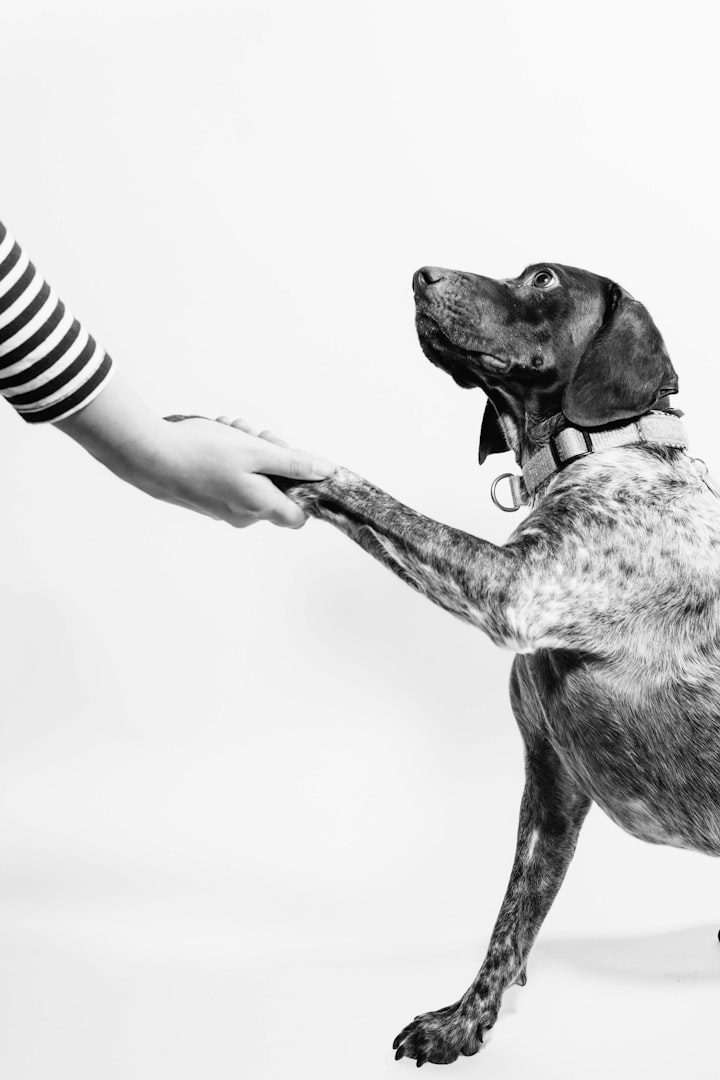How To Train Your Dog Like A Pro: The Basics Of Dog Training
Develop your Dog's "Hidden Intelligence" to eliminate bad behavior and create the well-behaved pet of your dreams (click here to watch the video).

If you’re anything like most pet owners, your pooch is the star of your home and the center of your social circle. However, that doesn’t mean they don’t sometimes have trouble understanding some things. Such as why you have to leave for a few hours, or why it’s not okay to chew up your favorite green sock again. This is where training comes in. Dog training helps teach your dog what he needs to know about new situations and associated behaviors so that he understands what you want him to know and behaves accordingly in new and unfamiliar circumstances. Training also helps reinforce positive behavior patterns whenever possible, which can reduce the occurrence of undesirable actions in the future.
What is dog training?
Dog training is a process through which a person teaches a dog certain behaviors. It aims to teach the dog what to do, as well as how to do it. Dog training is often associated with dog obedience training. But it’s also used to teach a variety of other skills and capacities, such as how to recognize the owner’s absence, or that it’s not okay to chew up your blue shoes.
Why is it important to train your dog?
Training is important because it gives your dog a sense of purpose in your absence. It helps him understand what you expect of him when you aren’t around, and also what you don’t expect of him. It can also reduce the occurrence of inappropriate behavior in the future. For example, if you’re training your dog not to jump on people, then he’s less likely to jump on you. If you’re training your dog not to chew on things, then he’s less likely to chew on them himself. Training can also help your dog communicate with you. When you communicate with him through training, you get insight into what his current mental state is and what he wants. And you can use this information to help him feel more comfortable and confident with his place in your home and social circle.
How to train your dog
Training your dog is all about teaching him what you want him to know and understand, and then reinforcing the behavior you want him to repeat. Start each training session by addressing your dog as if he were a child. While you are going through this training, pay close attention to what your dog is doing, as well as what you want him to do. If you address your dog as if he were a child, then he’ll respond as if he were a child as well. This will help you establish a positive training environment. It’ll also make it easier to understand what your dog is trying to communicate with you. Train your dog at each stage of his life, so that he understands what you want him to know and do from the beginning.
The three types of dog training and their purposes
There are three main types of dog training methods: positive training, negative training, and reward-based training. They’re used differently depending on the situation, but they all have one thing in common - they’re all used to make your dog do things he might not want to do on his own. Positive training is also known as rewarding-based training. This method is all about rewarding your dog with treats, play, affection, toys, or other positive reinforcements whenever he behaves in a way you’d like. When your dog is being rewarded for a desired behavior, his brain releases chemicals that make him feel good. This makes him curious about what he’s done, which makes him want to do it again. So, with positive training, you want to make it as easy as possible for your dog to do what you want. Make the task fun for him and provide him with easy reinforcers whenever possible.
Negative training is different from positive training in that it allows your dog to experience aversive consequences whenever he doesn’t do things you want him to do.
Aversive training methods are often used to help modify unwanted behaviors. For example, unwanted jumping and excessive barking are often corrected using aversive training. With aversive training, your dog isn’t rewarded. Instead, aversive methods are used to teach your dog that his actions are unpleasant. When your dog is experiencing aversive stimulation, he’s much more likely to stop those actions because he doesn’t want to feel that way. First, negative training should be used to correct unwanted behaviors while they’re still mild. If you wait too long, then the correction will come as a huge surprise to your dog. This will prompt him to respond defensively, which will just make the situation worse.
Bottom line
Training your dog is an important part of showing him how much you love him. It can also help prevent accidents and irritable behaviors, as well as reinforce positive behaviors. If you want to be successful with training, you need to approach things from a childlike perspective. And you also need to be prepared for some work and effort on your part. Start small and work your way up from basic commands, such as “sit,” “come,” “stay,” and “off.” And most importantly, don’t get frustrated when your dog doesn’t understand everything right away.
About the Creator
Enjoyed the story? Support the Creator.
Subscribe for free to receive all their stories in your feed. You could also pledge your support or give them a one-off tip, letting them know you appreciate their work.






Comments
There are no comments for this story
Be the first to respond and start the conversation.